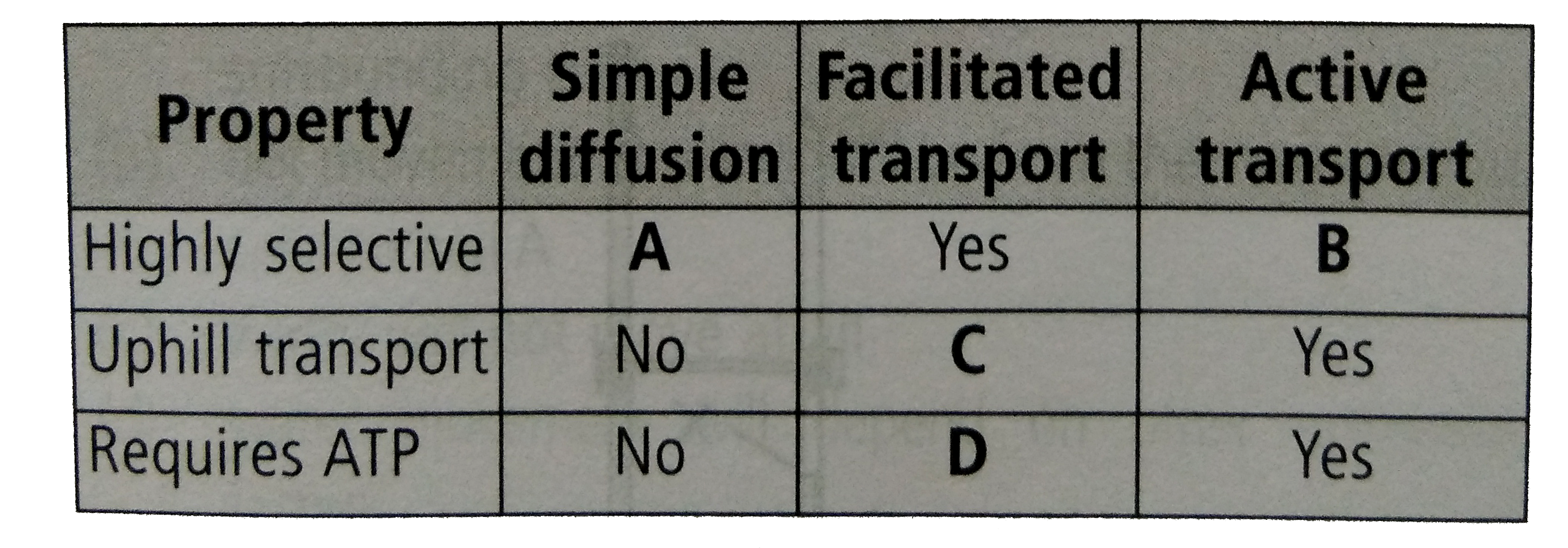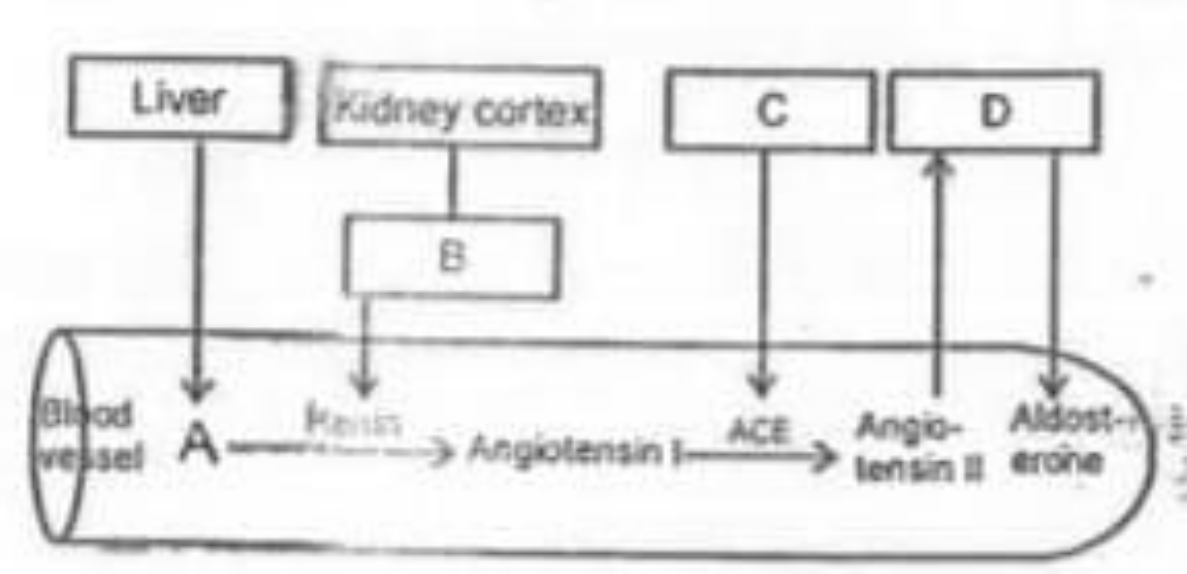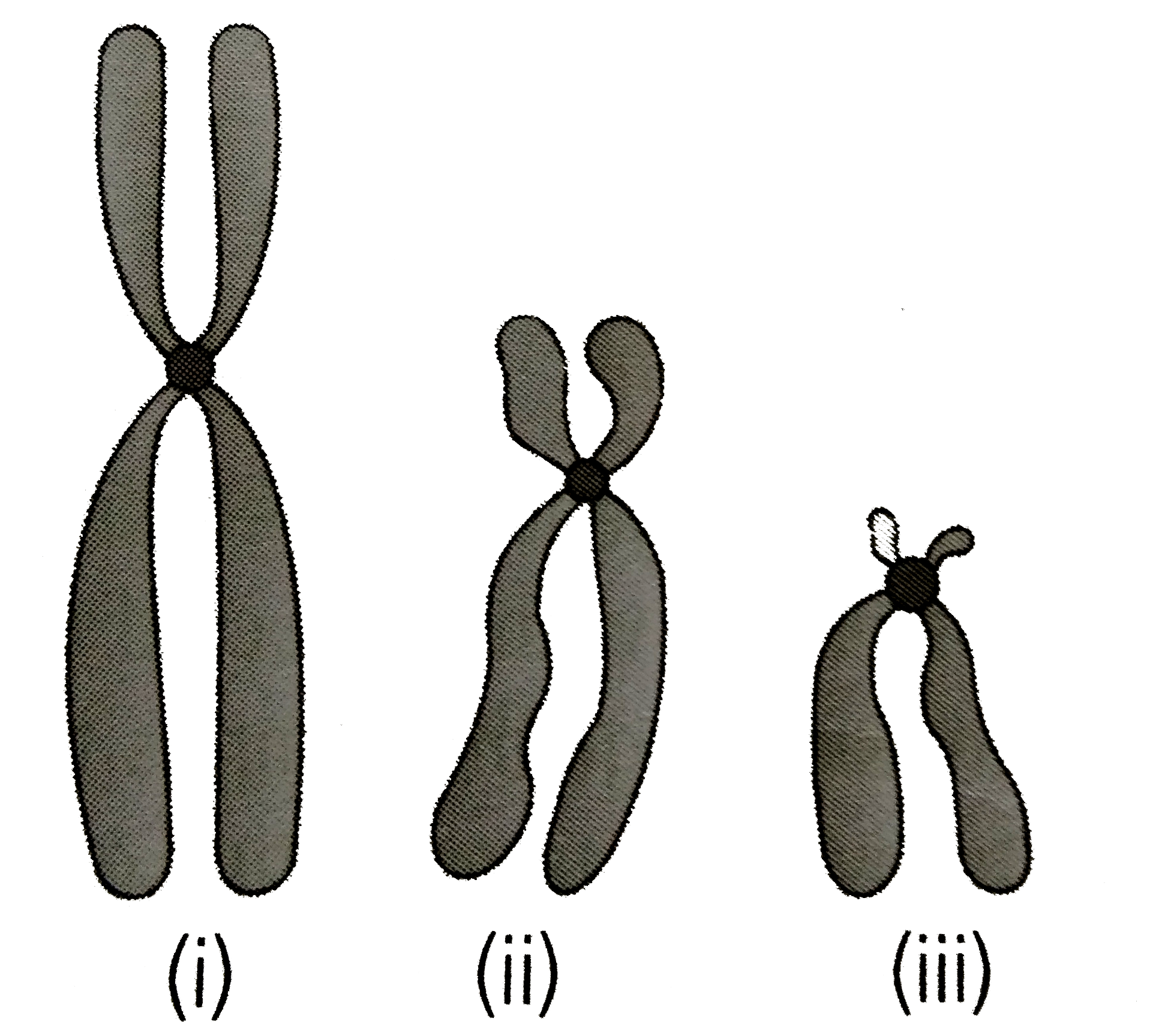Some statements are given below each with one or two blanks. Select the option that correctly fills up the blanks.
(i) High concentration of DDT disturbs ____ in birds, which causes ____.
(ii) ____ burns more efficiently as compared to petrol and diesel.
(iii) ___ is the natural ageing of a lake which occurs due to accumulation of ____.
(iv) ______ reduces the number of organisms which are sensitive to high temperature.
(v) Irreparable computers and other electronic goods are known as ____.
(i) calcium metabolism, thinning of egg shell (ii) CNG (iii) Eutrophication, nitrates and phosphates (iv) Thermal wastewater (v) electronic waste
(i) protein metabolism, thickening of egg shell (ii) CNG (iii) Eutrophication, nitrates and phosphates (iv) Thermal wastewater (v) electronic waste
(i) calcium metabolism, thinning of egg shell (ii) Coal (iii) Biomagnification, nitrates and phosphates (iv) Organic wastewater (v) inorganic waste
(i) calcium metabolism, thckening of egg shell (ii) CNG (iii) Biomagnification, DDT and mercury (iv) Thermal wastewater (v) electronic waste
The correct Answer is:A
To solve the question, we will fill in the blanks for each statement step by step.
Step 1: Analyze the first statement
Statement: High concentration of DDT disturbs ____ in birds, which causes ____.
Solution:
- DDT (Dichlorodiphenyltrichloroethane) is known to disrupt the calcium metabolism in birds. This disturbance leads to the thinning of eggshells, which causes the eggs to break prematurely.
- Filled statement: High concentration of DDT disturbs calcium metabolism in birds, which causes thinning of eggshells.
Step 2: Analyze the second statement
Statement: ____ burns more efficiently as compared to petrol and diesel.
Solution:
- Compressed Natural Gas (CNG) is known to burn more efficiently than petrol and diesel.
- Filled statement: CNG burns more efficiently as compared to petrol and diesel.
Step 3: Analyze the third statement
Statement: ____ is the natural ageing of a lake which occurs due to accumulation of ____.
Solution:
- The natural ageing of a lake is referred to as eutrophication, which occurs due to the accumulation of nutrients like nitrates and phosphates.
- Filled statement: Eutrophication is the natural ageing of a lake which occurs due to accumulation of nitrates and phosphates.
Step 4: Analyze the fourth statement
Statement: ______ reduces the number of organisms which are sensitive to high temperature.
Solution:
- Thermal wastewater is known to reduce the number of organisms that are sensitive to high temperatures, as it raises the temperature of water bodies.
- Filled statement: Thermal wastewater reduces the number of organisms which are sensitive to high temperature.
Step 5: Analyze the fifth statement
Statement: Irreparable computers and other electronic goods are known as ____.
Solution:
- Irreparable computers and other electronic goods are referred to as electronic waste or e-waste.
- Filled statement: Irreparable computers and other electronic goods are known as electronic waste.
Final Answers:
1. High concentration of DDT disturbs calcium metabolism in birds, which causes thinning of eggshells.
2. CNG burns more efficiently as compared to petrol and diesel.
3. Eutrophication is the natural ageing of a lake which occurs due to accumulation of nitrates and phosphates.
4. Thermal wastewater reduces the number of organisms which are sensitive to high temperature.
5. Irreparable computers and other electronic goods are known as electronic waste.
Statement: High concentration of DDT disturbs ____ in birds, which causes ____.
- DDT (Dichlorodiphenyltrichloroethane) is known to disrupt the calcium metabolism in birds. This disturbance leads to the thinning of eggshells, which causes the eggs to break prematurely.
- Filled statement: High concentration of DDT disturbs calcium metabolism in birds, which causes thinning of eggshells.
Statement: ____ burns more efficiently as compared to petrol and diesel.
- Compressed Natural Gas (CNG) is known to burn more efficiently than petrol and diesel.
- Filled statement: CNG burns more efficiently as compared to petrol and diesel.
Statement: ____ is the natural ageing of a lake which occurs due to accumulation of ____.
- The natural ageing of a lake is referred to as eutrophication, which occurs due to the accumulation of nutrients like nitrates and phosphates.
- Filled statement: Eutrophication is the natural ageing of a lake which occurs due to accumulation of nitrates and phosphates.
Statement: ______ reduces the number of organisms which are sensitive to high temperature.
- Thermal wastewater is known to reduce the number of organisms that are sensitive to high temperatures, as it raises the temperature of water bodies.
- Filled statement: Thermal wastewater reduces the number of organisms which are sensitive to high temperature.
Statement: Irreparable computers and other electronic goods are known as ____.
- Irreparable computers and other electronic goods are referred to as electronic waste or e-waste.
- Filled statement: Irreparable computers and other electronic goods are known as electronic waste.
1. High concentration of DDT disturbs calcium metabolism in birds, which causes thinning of eggshells.
2. CNG burns more efficiently as compared to petrol and diesel.
3. Eutrophication is the natural ageing of a lake which occurs due to accumulation of nitrates and phosphates.
4. Thermal wastewater reduces the number of organisms which are sensitive to high temperature.
5. Irreparable computers and other electronic goods are known as electronic waste.
Topper's Solved these Questions
Similar Questions
Knowledge Check
- Question 1 - Select One
Refer to the given table and select the option that correctly fills the blanks in it.
 AABCDNoYesNoNoBABCDYesYesYesNoCABCDNoNoNoYesDABCDNoYesYesYes
AABCDNoYesNoNoBABCDYesYesYesNoCABCDNoNoNoYesDABCDNoYesYesYes - Question 2 - Select One
Study the following flowchart and fill up the blanks by selecting the correct option.
 A(A)(B)(C)(D)Thoracic skeletonLimbsSkullRibsB(A)(B)(C)(D)Appendicular skeletonSkullRibsLimbsC(A)(B)(C)(D)Appendicular skeletonLimbsRibsSkullD(A)(B)(C)(D)Lumbar skeletonLimbsSkullRibs
A(A)(B)(C)(D)Thoracic skeletonLimbsSkullRibsB(A)(B)(C)(D)Appendicular skeletonSkullRibsLimbsC(A)(B)(C)(D)Appendicular skeletonLimbsRibsSkullD(A)(B)(C)(D)Lumbar skeletonLimbsSkullRibs
Given below are four statements ( A-D ) each with two blanks. Select the option which correctly fills up the blanks in two statements.
I.1100-1200
II. 1/5thView SolutionGiven below is flow chart of RAAS:

choose the option which correctly fills the blanks labelled as A,B,C and DView SolutionIVF and ET represent and respectively Select the option that fills the blanks correctly.
View SolutionSelect the option which correctly fills the blanks. Association of fungi with roots of higher plants is called ____A____ in which fungal partner majorily provides ____B____ to the plants.
View SolutionRefer to the given figure.

Select the option which correctly identifies (i-iii).View SolutionStudy the following flowchart and fill up the blanks by selecting the correct option.
 View Solution
View Solution


